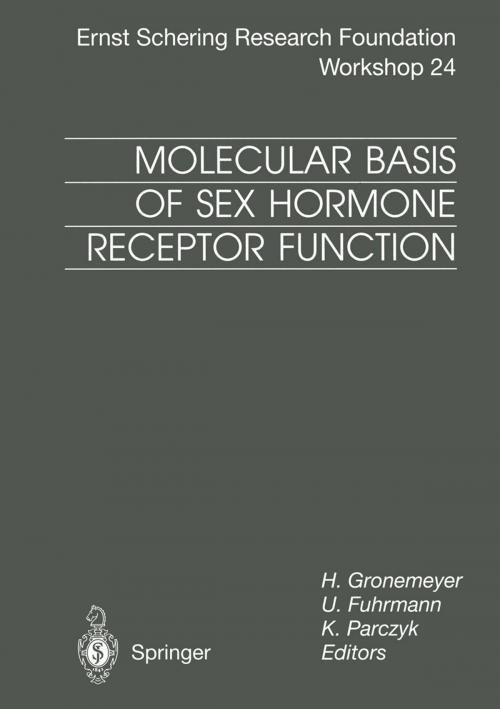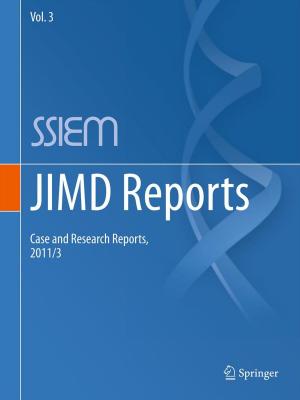Molecular Basis of Sex Hormone Receptor Function
New Targets for Intervention
Nonfiction, Health & Well Being, Medical, Reference, Research, Science & Nature, Science, Other Sciences, Molecular Biology| Author: | ISBN: | 9783662036891 | |
| Publisher: | Springer Berlin Heidelberg | Publication: | April 17, 2013 |
| Imprint: | Springer | Language: | English |
| Author: | |
| ISBN: | 9783662036891 |
| Publisher: | Springer Berlin Heidelberg |
| Publication: | April 17, 2013 |
| Imprint: | Springer |
| Language: | English |
How sex hormone receptors and all the other members of the nuclear receptor superfamily do such a remarkable job has fascinated scientists for decades. A series of discoveries in the past few years has dramatically enlightened our understanding of the molecular mechanisms that govern nuclear receptor action. The elucidation of the 3D structures of several nuclear receptor ligand binding domains in the presence of agonists or antagonists has provided an allosteric concept of ligand action, and the discovery of a plethora of ligand-dependent protein interactions has linked this transconformation with the ability of nuclear receptors to act as transcriptional activators and repressors and the enzymatic modification of chromatin and factors of the basal transcriptional machinery.
How sex hormone receptors and all the other members of the nuclear receptor superfamily do such a remarkable job has fascinated scientists for decades. A series of discoveries in the past few years has dramatically enlightened our understanding of the molecular mechanisms that govern nuclear receptor action. The elucidation of the 3D structures of several nuclear receptor ligand binding domains in the presence of agonists or antagonists has provided an allosteric concept of ligand action, and the discovery of a plethora of ligand-dependent protein interactions has linked this transconformation with the ability of nuclear receptors to act as transcriptional activators and repressors and the enzymatic modification of chromatin and factors of the basal transcriptional machinery.















